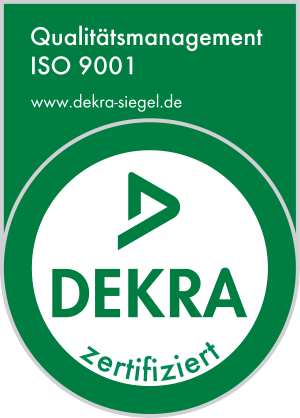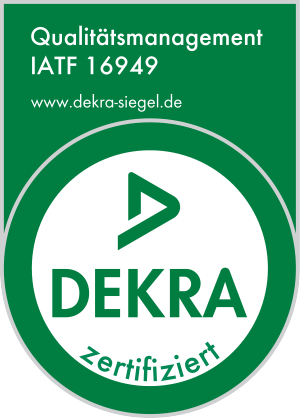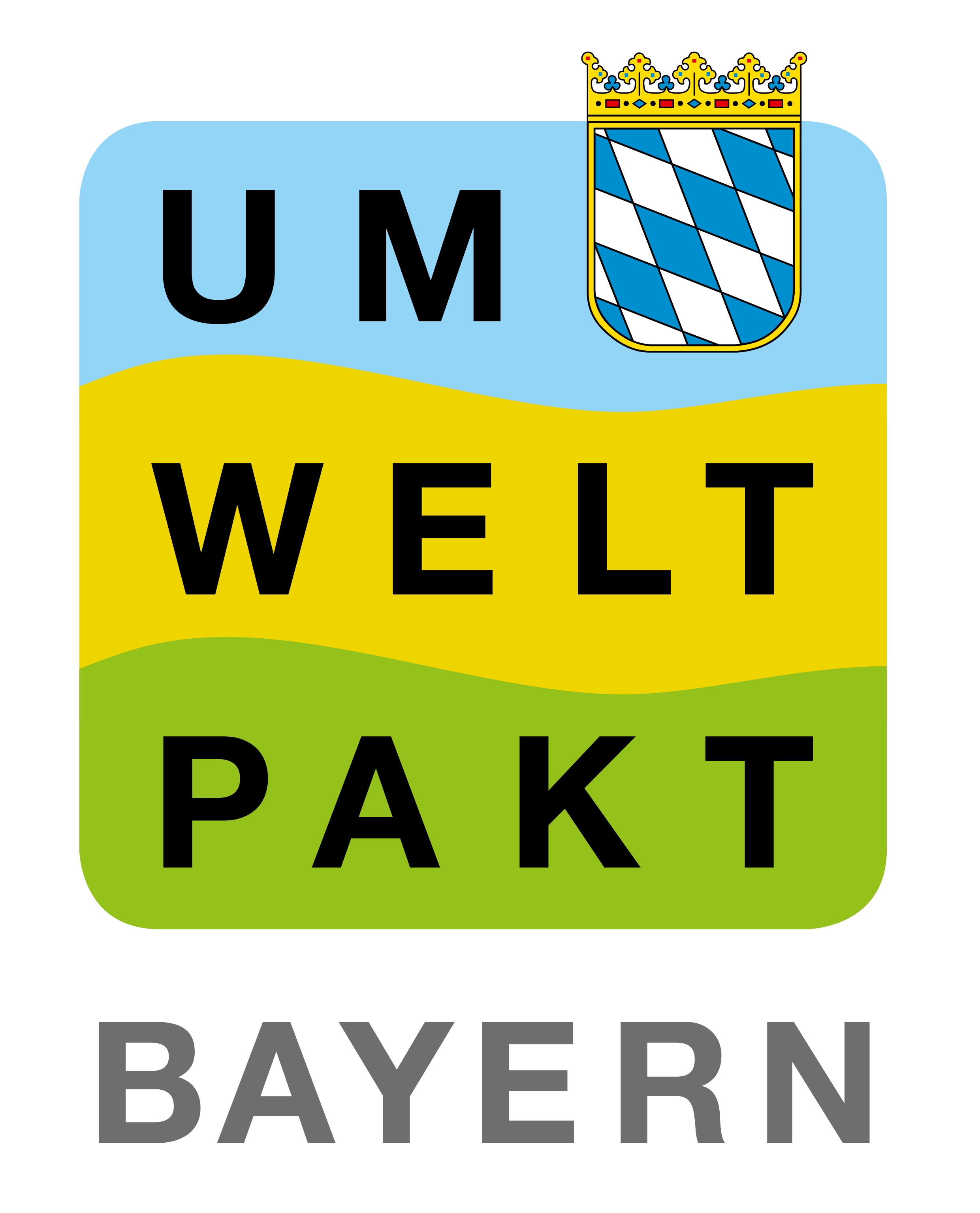Do you need stamped and bent parts in small series? Then you are exactly right here! In this article you will learn everything about the production of stamped and bent parts in small quantities. Whether you are a small business or a larger company and require specialized components for your products, we can provide you with customized solutions. Our highly trained professionals work with the latest technology and use premium materials to ensure precision and quality.
We know that reliability and speed are critical to achieving your production goals. With our flexible production, we can respond quickly and efficiently to your requirements. Whether it’s small quantities or special requirements, we can supply you with the stamped and bent parts you need. Contact us today and let us find the best solution for your company together.
Introduction to stamped and bent parts in small series
Stamped and bent parts are an important component of many products. These parts are manufactured by punching and bending sheets of metal to achieve the desired shape and function. They are used in various industries such as the automotive industry, mechanical engineering, the electronics industry and many others.
The production of stamped and bent parts in small series requires specialized knowledge and skills. It is important that parts are precise and of high quality to ensure optimal performance. Therefore, it is important to work with an experienced supplier who has the expertise and resources to meet your needs.
The production of stamped and bent parts in small series offers various advantages. We will discuss this in more detail in the next section.
Advantages of stamped and bent parts in small series
The production of stamped and bent parts in small series offers a variety of advantages. Here are some of the key benefits:
- Flexibility: Production in small series allows a high level of flexibility in adapting production to specific requirements. You can quickly respond to changes and introduce new products without incurring high mass production costs.
- Cost-effectiveness: Small batch production can be cost-effective as it does not require large amounts of raw materials and inventory. This can help reduce capital commitment costs and minimize financial risk.
- Faster time to market: Small series production allows products to be brought to market more quickly. This allows you to react more quickly to trends and customer requirements and gain competitive advantages.
These advantages make small-batch production of stamped-bent parts an attractive option for companies looking for flexibility and efficiency. However, there are also challenges that need to be taken into account when producing small series, as we will discuss in the next section.
Challenges in production – stamped and bent parts in small series
The production of stamped and bent parts in small series can be associated with some challenges. Here are some of the most common challenges:
- High set-up costs: Since each series of stamped-bent parts requires specific tools and settings, set-up costs can be high for small series. This can increase the overall cost of production and affect profitability.
- Supply chain bottlenecks: Sourcing materials and components in small quantities can be challenging. It can be difficult to find reliable suppliers willing to deliver small quantities while maintaining high quality standards.
- Quality Control: Monitoring quality in small batch production can be difficult as each batch may require different tools and settings. It is important to implement effective quality control measures to ensure parts meet the required standards.
These challenges can be overcome when you work with an experienced supplier who has the expertise and resources to meet your needs. In the next section we will take a closer look at the stamping and bending process.
Understanding of the punching and bending process
The stamping and bending process is the key to producing stamped-bent parts. It is a multi-step process that allows flat sheets to be transformed into complex shapes and structures. Here is a step-by-step guide to the punching and bending process:
- Material selection: First, suitable materials must be selected for producing the punched and bent parts. This depends on the requirements of the project, such as the desired strength, durability and corrosion resistance.
- Punching Process: In the punching process, a special die is used to cut out the desired pattern or shape from the sheet metal. The punch is pressed onto the sheet metal at high speed to make the cut.
- Bending process: After the punching process, the punched parts are placed in a bending machine to bend them into the desired shape. The bending machine uses special tools and dies to bend the sheet metal and create the desired curvature.
- Post-processing: After the bending process, the punched and bent parts can undergo various post-processing steps, such as deburring, grinding or surface treatment, to achieve the desired surface quality.
The punching and bending process requires specialized tools and equipment to achieve precise, high-quality results. In the next section, we’ll take a closer look at the tools and equipment required.
Tools and equipment for the production of stamped and bent parts
The production of Stamped and bent parts requires specialized tools and equipment to achieve desired results. Here are some of the key tools and equipment needed to produce these parts:
- Punching Tools: Punching tools are specially designed tools that are used to cut out the desired pattern or shape from the sheet metal. They consist of a punch and a die that work together to make the cut.
- Bending Machines: Bending machines are used to bend stamped parts into the desired shape. They use special tools and dies to bend the sheet metal and create the desired curvature. There are different types of bending machines, including press brakes and roller benders.
- Cutting Tools: Cutting tools are used to cut the sheet metal into proper size before the punching process. They may include hand tools such as scissors or electric clippers.
- Measuring tools: Measuring tools are used to check the accuracy and quality of the punched and bent parts. They can include calipers, micrometers or optical measuring systems.
These tools and equipment are critical to the production of stamped and formed parts. It is important to work with a supplier that has the necessary tools and equipment to meet your needs. Quality assurance measures are also important to ensure that the parts produced meet the required standards.
Quality control measures for small series production
Quality assurance plays a crucial role in the production of stamped and bent parts in small series. It is important to implement effective quality control measures to ensure that the parts produced meet the required standards. Here are some of the key quality control measures:
- Sampling: Sampling involves checking a representative selection of parts from each series to ensure they meet the required standards. This can include visual inspections, measurements and functional tests.
- Process monitoring: Monitoring the production process is important to ensure that all steps are carried out correctly. This can include monitoring machine parameters, checking tools and checking production times.
- Documentation and traceability: Documenting all steps and results is important to ensure traceability of the parts produced. This makes it possible to identify problems and make improvements.
These quality control measures are critical to ensure that the stamped and bent parts produced meet the required standards. In the next section we will look at the cost aspects of small series production.
Cost considerations for the production of small series
Producing stamped and formed parts in small batches can be cost-effective, but requires careful cost considerations. Here are some of the key cost factors to consider when producing small batches:
- Material costs: The cost of materials can make up a significant portion of the total cost. It is important to choose the right materials that meet both the requirements and the budget.
- Labor costs: Labor costs include the costs of workers involved in production. This can include wage costs, benefits and other costs associated with employment.
- Setup Costs: Setup costs include the cost of preparing the machines, tools and equipment for each series of stamped and formed parts. These costs can be high, especially for small series.
- Quality control costs: The costs of quality control, including inspections, measurements and testing, must also be taken into account. It is important to include the cost of ensuring quality in the overall cost.
It is important to carefully analyze and evaluate all cost factors to ensure the profitability of small-batch production of stamped and formed parts. Working closely with an experienced supplier like us can help optimize costs and achieve the best results.









Leave A Comment